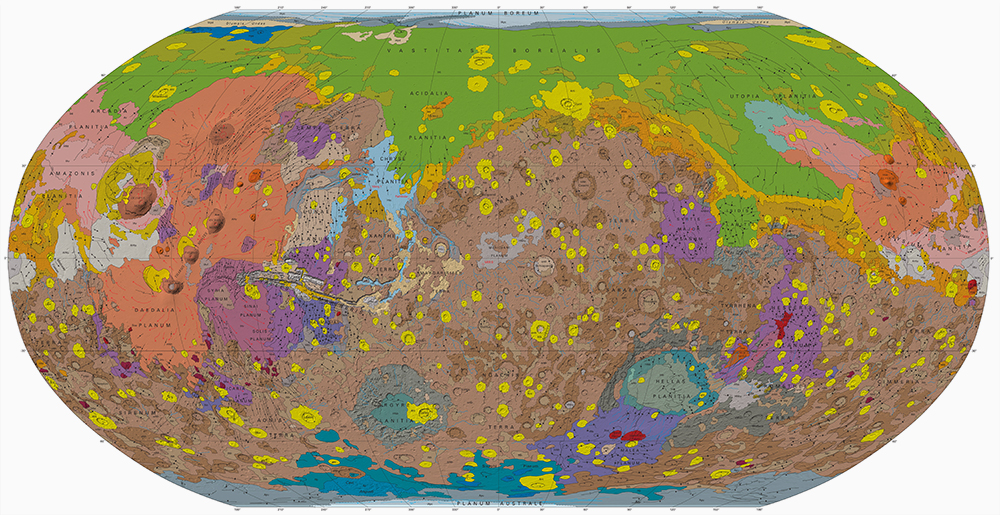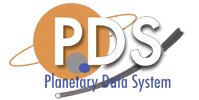






The Astrogeology Team at USGS provides coordination of NASA's planetary geologic mapping program. Geologic mapping investigations of any imaged planetary body (except Earth) are proposed to NASA's Planetary Geology and Geophysics Program on an annual basis (generally due sometime between late April and early June) and then reviewed by the Lunar and Planetary Geoscience Review Panel. USGS map coordination is provided under the auspices of NASA's Planetary Cartography and Geologic Mapping Working Group and its Geologic Mapping Subcommittee. USGS provides (1) participation in working groups charged with developing planetary geologic mapping program plans, (2) management and coordination of individual mapping projects, (3) oversight and expertise in meeting the requirements of USGS map standards, (4) editorial support in map reviews and revisions, (5) generation of geologic base maps and databases for map investigators, and (6) prepress preparation and printing of maps in the USGS Scientific Investigations Map (SIM) Series.
Three primary programs underway now are: (1) 1:2,500,000-scale quadrangle mapping of the Moon using Lunar Orbiter and Clementine photomosaics, (2) 1:5,000,000- and 10,000,000-scale quadrangle mapping of Venus using Magellan SAR data, and (3) local (1:200,000) to regional (1:5,000,000) scale mapping of Mars base on medium- to high-resolution Viking and THEMIS images and MOLA topographic data. Work also progresses toward completion of the Galilean satellites using Voyager and Galileo images. In addition, we anticipate more geologic maps will continue to be proposed for and funded based on both existing data and that obtained by Clementine, Galileo, and Mars Global Surveyor.
Active mappers meet once a year during the early summer to present progress on planetary geologic mapping projects. Usually these meetings are held alternately at the USGS Flagstaff and other locations where a geologic field trip can be conducted. Starting in 2000, abstracts began to be accepted for meeting presentations. This page provides access to abstracts published for given years.